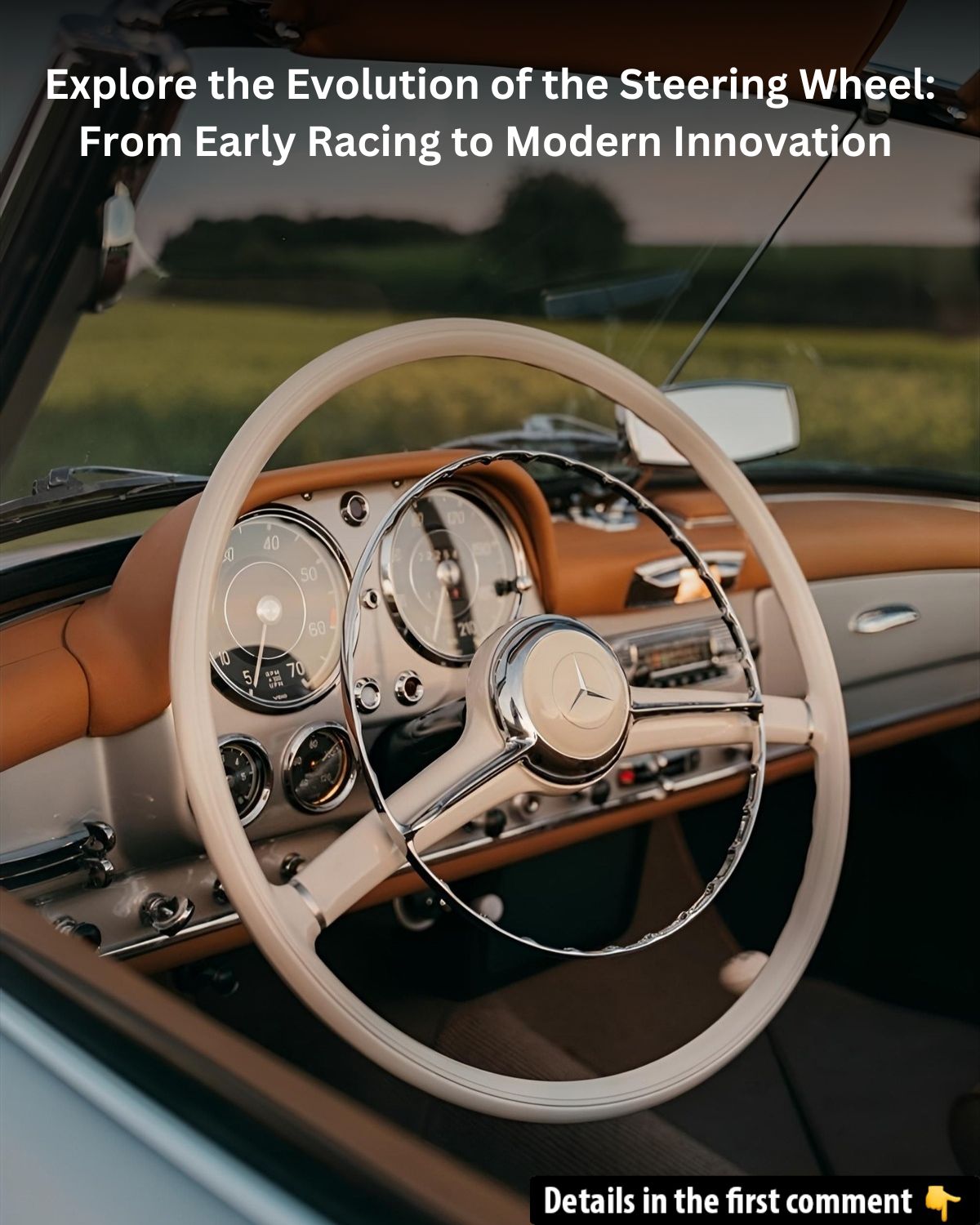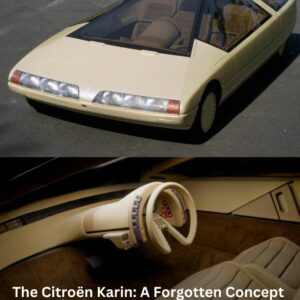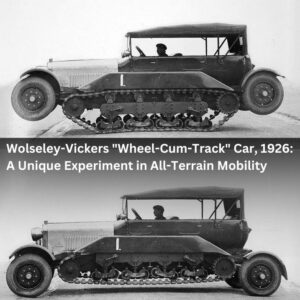The steering wheel, one of the most critical components of modern cars, has an intriguing and innovative history. From its early days in the late 19th century to its sophisticated modern forms, the development of the steering wheel has been closely tied to the progress of the automobile industry itself. This article traces the journey of the steering wheel from its humble beginnings to the high-tech designs found in today’s vehicles, with a particular focus on Mercedes-Benz’s significant role in shaping the steering wheel’s evolution.
The First Steering Wheel: From Lever to Wheel
Before the advent of the steering wheel, early automobiles, including the world’s first car created by Carl Benz in 1886, relied on a steering lever. Drivers of early cars were accustomed to pulling a lever right or left to guide the vehicle, similar to how carriage drivers controlled horses. However, this steering mechanism was not ideal for the growing speeds of automobiles.
In 1894, during the world’s first automobile race, which took place between Paris and Rouen, French engineer Alfred Vacheron made a pioneering change. He replaced the traditional steering lever with a steering wheel in his Panhard & Levassor car, powered by a Daimler engine. This innovation allowed for more precise control and smoother turns, enabling higher driving speeds.
Vacheron’s decision to use the steering wheel proved to be a game-changer, despite him finishing in 11th place. The new steering wheel design quickly gained popularity and became the standard for automobile steering, as it offered greater control and better maneuverability compared to the older steering lever.
Video
Mercedes-Benz’s Contribution to Steering Wheel Evolution
Mercedes-Benz has long been at the forefront of automotive innovation, and its history with steering wheels is no exception. While Carl Benz’s first car in 1886 did not feature a steering wheel, the company played a significant role in advancing steering technology throughout the years.
In 1900, Daimler-Motoren-Gesellschaft, the precursor to Mercedes-Benz, introduced a steering wheel for its Phoenix racing car. This version of the steering wheel was mounted on a tilted steering column, making it easier to operate. This advancement in steering design reflected the growing need for more precise control as automobiles became faster and more complex.
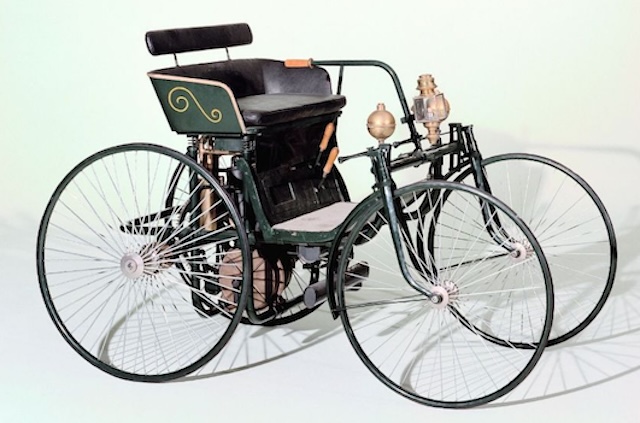
Advancements in Safety and Design: 1920s to 1980s
The 1920s to 1940s marked a period of significant safety and design improvements for the steering wheel. One notable addition was the horn ring, which debuted in the 1920s, allowing drivers to honk the horn more easily. In the 1950s, Mercedes-Benz introduced more safety-oriented innovations, including the integration of a column-mounted gearshift in its 300 “Adenauer-Mercedes” (W186) and the 220 (W187).
Another breakthrough came in 1958 when Mercedes-Benz introduced power steering in its 300 saloon model, greatly improving ease of driving. In 1959, the company patented a safety steering system with a telescopic steering column and impact absorber, which became a standard feature across its entire passenger car range in 1967.
The 1970s and 1980s saw further advancements in safety. The four-spoke steering wheel design, which became common in this period, provided enhanced impact protection. Additionally, the horn ring was replaced with buttons located at the center of the steering wheel to further reduce the risk of injury during an accident.
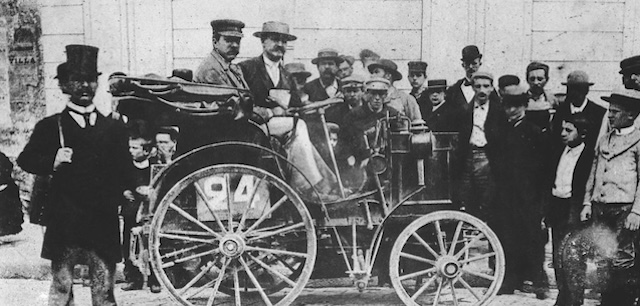
Modern Innovations: Airbags, Multi-Function Wheels, and Touch Sensitivity
Perhaps one of the most significant leaps in steering wheel technology came in 1981 with the introduction of the airbag. Mercedes-Benz hid the airbag within the protruding baffle plate of the steering wheel in its S-Class (W126). This life-saving feature has now become a standard in nearly all vehicles.
By 1998, Mercedes-Benz introduced the world’s first multi-function steering wheel in the S-Class (W220). This groundbreaking feature allowed drivers to control the car radio, car phone, and a display showing up to eight menus—all directly from the steering wheel. This step towards integrating multiple functions into one interface revolutionized the driving experience.
The early 2000s saw the reintroduction of the column gearshift, making its return in 2005 with the Direct Select automatic lever. Meanwhile, the steering wheel continued to evolve in both design and functionality.
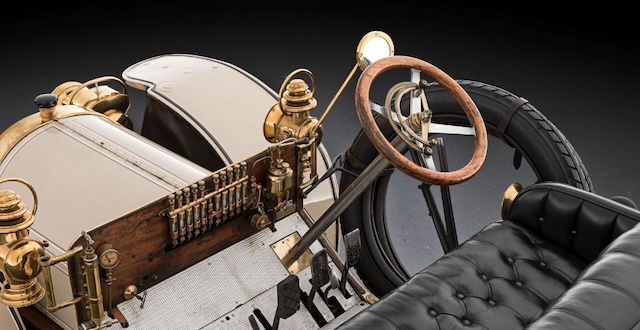
The Cutting-Edge Steering Wheel of Today
Today, Mercedes-Benz continues to lead the way with its innovative approach to steering wheel design. In 2016, the company introduced touch-sensitive buttons on the steering wheel of the E-Class (W213), allowing the driver to control the infotainment system and instrument cluster without taking their hands off the wheel. This hands-on approach enhances safety and convenience, allowing for seamless interaction with the car’s features.
The 2020 Mercedes-Benz E-Class boasts an even more advanced steering wheel with capacitive sensors. These sensors detect whether the driver’s hands are on the wheel, ensuring that the driver maintains full control of the vehicle at all times—even when adaptive cruise control is engaged.
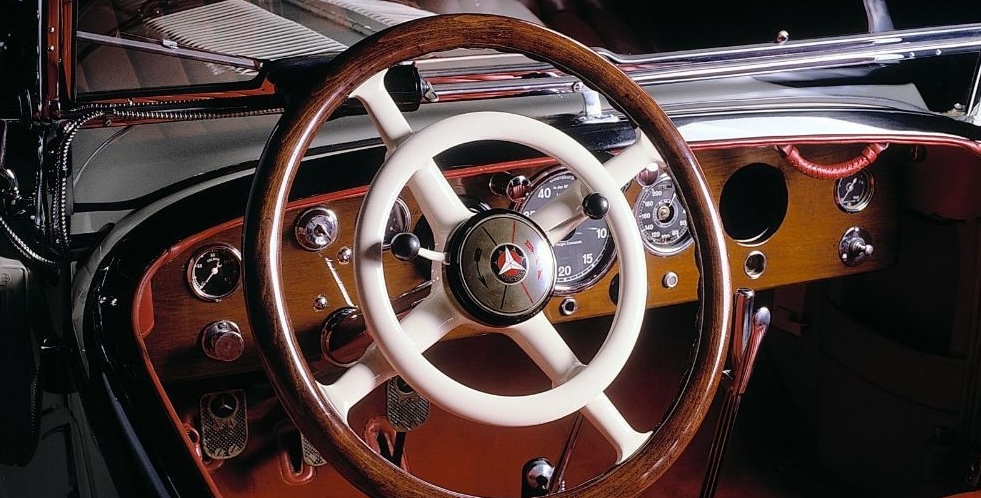
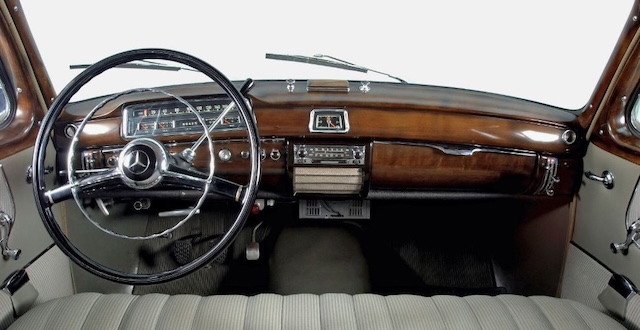
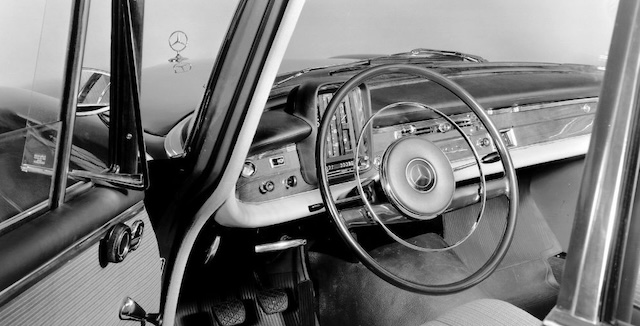
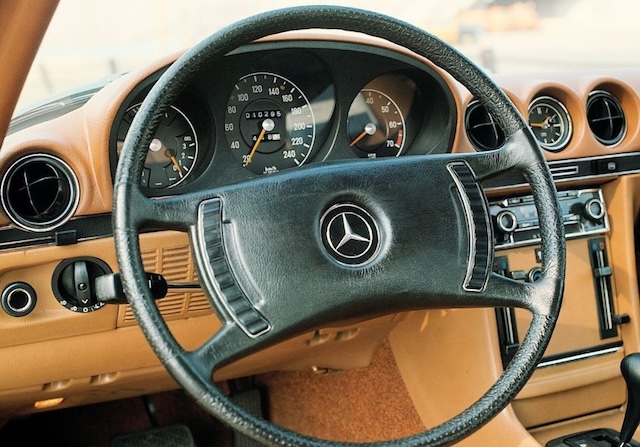
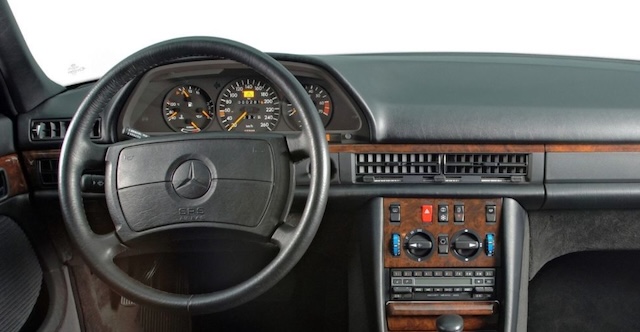



Video
Experience the Oldest Car in the World – Watch How It Works:
Conclusion: Mercedes-Benz and the Future of Steering Wheels
From the first steering wheel in 1894 to the highly sophisticated designs found in modern cars, Mercedes-Benz has played a pivotal role in the evolution of the steering wheel. The company’s continuous innovations have not only improved the driving experience but have also set new standards for safety and functionality in the automotive industry.
As we look to the future, it’s clear that the steering wheel will continue to evolve, incorporating even more advanced technologies and features that will further enhance driving safety and convenience. Whether it’s through the integration of more touch-sensitive controls, improved safety mechanisms, or enhanced customization options, Mercedes-Benz remains committed to shaping the future of steering wheel technology.
